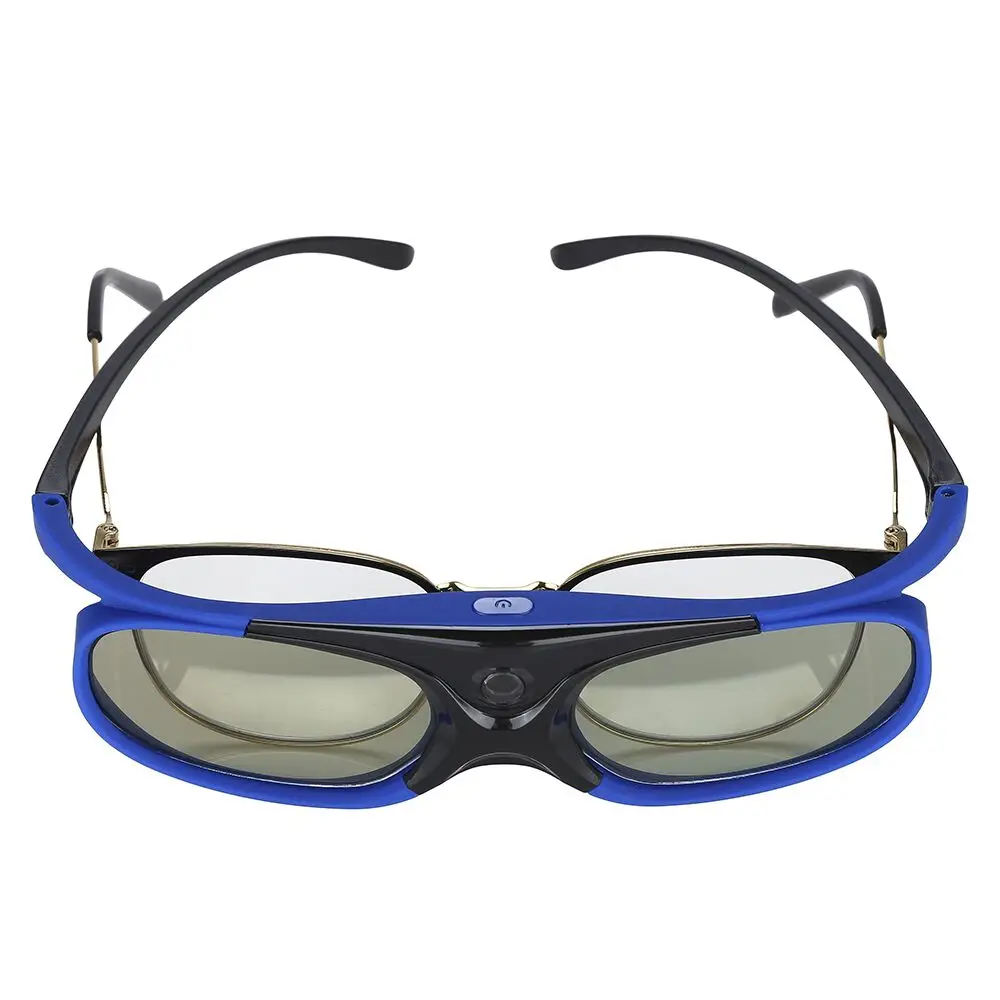Table of Content
Did you know that you can also get your glasses online? It is a stereoscopic technology for projection that produces the centrally polarized image instead of producing linearly. Lower depth intensity may be giving you the most out of the film or a game, but it can be annoying for you to change it for every time. This content is usually different in handling like games have an adaptive environment, whereas films have standard static settings. The desk lamp will not affect the quality of the image, but it will give the reference point.

Specifically, you need one sheet of clockwise polarized plastic and one sheet of counterclockwise circular polarized plastic. Once the viewer stops watching, these effects should disappear. The oldest type of these devices, anaglyph 3D glasses are recognizable by their red and blue lenses. Their frames are sually made from cardboard or paper, and their lenses work by filtering out the red and blue light individually.
How to find the best computer glasses in 2022
The result is a slightly blurred image that can be decoded with special glasses. The major difference between active and passive 3D glasses, and it is the most obvious, is the price. Passive 3D glasses are relatively inexpensive because they don’t contain a lot of technology. However, active glasses are more expensive (think $ 100 or more), but that’s because they do a lot more work. The price of 3D technology comes from projectors or televisions.
Essentially, they filter the image so that each eye only sees half of it. This tricks your brain into thinking it’s 3D when it’s actually not. One of the best things about going to the movie theater is that it gives you a level of immersion you can’t experience at home. As part of that level of immersion, movie theaters use the most cutting-edge technology. I doubt it comes as a surprise to anyone that much of the technology we enjoy at home was made for theaters.
Pay attention to your display settings
Unfortunately, there are only finite models of LED and LCD televisions that can support RealD 3D glasses. Active 3D glasses have most of the working technology contained in the glasses themselves, which makes them pretty weighty. Similarly, they have thicker lenses, and so might not be as comfortable. If you’re thinking about mega 3D movie marathons, then passive 3D would be your better choice. Active 3D technology, on the other hand, uses more complicated glasses.

If you are buying a 3D movie for home use, your TV at home needs to have 3D capabilities. Further, not every 3D movie is made with the same 3D technology — you’ll need to be aware of what type of 3D technology the film uses. They cost two to three times more than polarized 3D glasses. These glasses have rapidly moving shutters on each lens, as well as an on-off button and a transmitter. The features work together to sync the rapidly moving shutters according to the on-screen display rate.
Can You Use 3d Glasses from the Movie Theater at Home?
Ultimately, this means that the projectors and TVs that produce active 3D images are actually much cheaper, and so are more accessible to a home market. If you have an active 3D system, then movie theater glasses won’t work. Cinema 3D glasses are special glasses used in viewing movies.
These glasses can help you enjoy the visual effects of 3D because they will filter the frames into the right place. You can get glasses that work with polarizer overlays on television screens and movie projectors. This will make your movies look just as realistic as the ones you see in the theater.
Take a look at the depth intensity setting
As we know that we can use the cinema 3D glasses at our homes now, it is time to check how can we get the most out of this amazing technology. These have shutters in them, which make the image half and every eye sees half of it. They take very quickly, and your brain thinks that it is the three-dimensional image. Active 3D technology has the ability of power sources that are the reason they use more convoluted glasses.

3D glasses should never be too expensive because they are just plastic frames with lenses. If you’re wondering how to use cinema 3d glasses at home, you’ve come to the right place. This article will explain how the process works, including choosing between passive and active glasses, using polarized filters, and storing your 3d glasses.
Many 3D glasses are large enough to fit over your standard prescription glasses. Some optical companies do offer 3D prescription glasses. For instance, surgeons today are using 3D technology during microsurgery. A 3D image projected onto a screen enables them to work in a “heads-up'' position while operating instead of bending over microscopes. This prevents enormous physical strain and allows them to work longer hours. This option is more sophisticated, thanks to added electronic components — though this means shutter 3D glasses will require batteries or recharging between uses.

Now that we know we can use home theater 3D glasses, it’s time to see how to get the most out of your 3D technology. It may be tempting to unpack your TV and walk away, but there are a few things to consider. If you want to use home theater 3D glasses, make sure your 3D TV or projector supports passive 3D technology. You probably already know what kind of 3D technology your system uses because you probably already have glasses for it. However, if you are unsure, it won’t take long to find out. The real deciding factor is what type of TV or monitor your own.
When it comes to using movie theater 3D glasses at home, it’s definitely possible. However, it’s worth making sure whether you have the right setup in order for them to be compatible. It’s luckily not too difficult to work out based on the type of glasses you use. Now that we know that we can use movie theater 3D glasses at home, it’s time to look at how to get the most out of your 3D technology. It can be tempting to just unbox your TV and go, but there are definitely a few things worth considering. Rather than polarizing the image so that each eye only sees half, active glasses have a shutter built into them.

While the image geometry is similar, the way the colors move through the glasses is critical to the 3D effect. An on-device left/right eye rotation feature allows users to view images that are not visible to one person. This feature is essential when watching a film where the action is fast or has fast-moving images. Passive polarized glasses are generally utilized in movie theaters.
This is certainly true for 3D technology and, in particular, for 3D projectors. Passive technology is used in theatres, which is comparatively more expensive. This model is much cheaper, which is a more suitable business model for theaters. They typically use Real 3D glasses, which are marketed as cinema-grade technology.
No comments:
Post a Comment